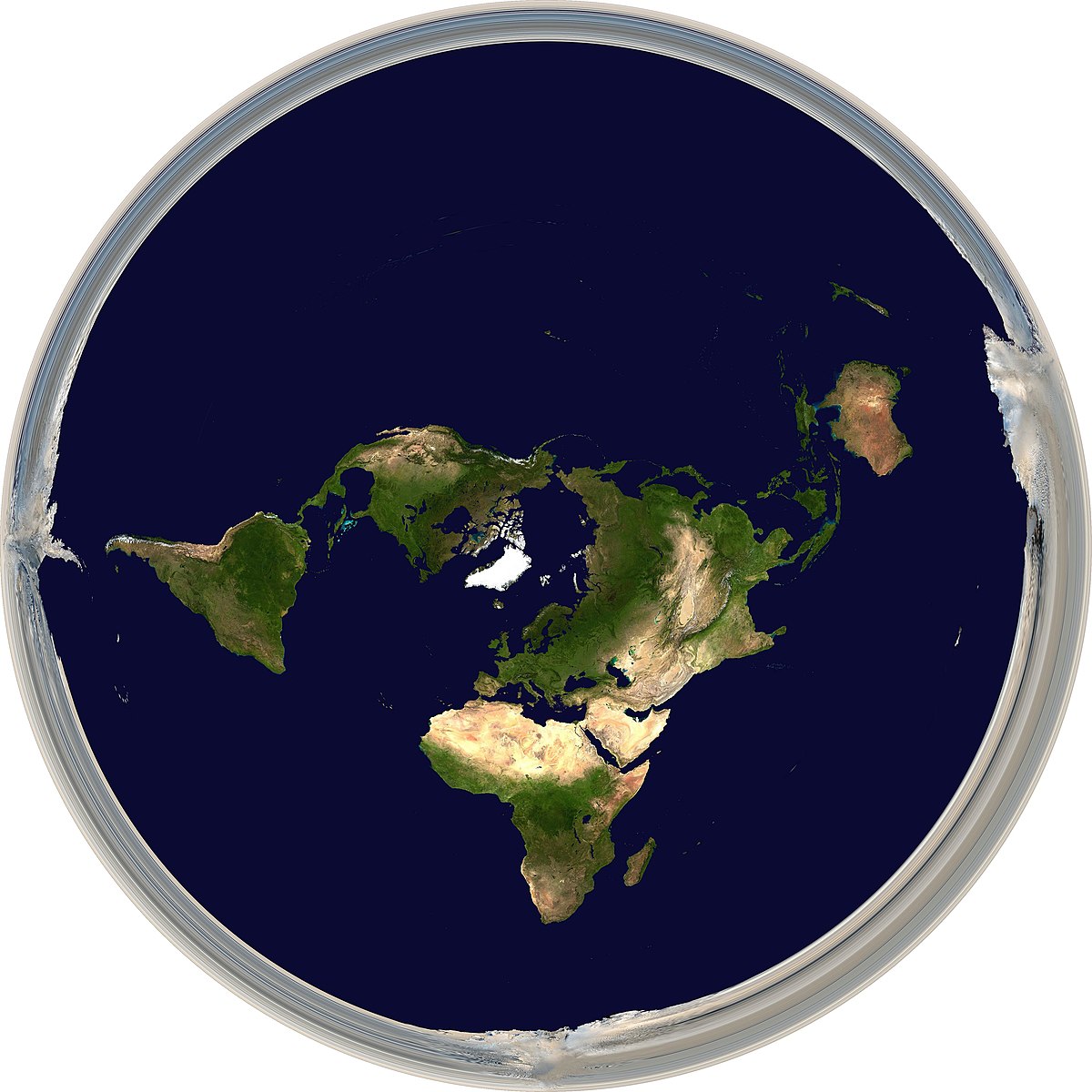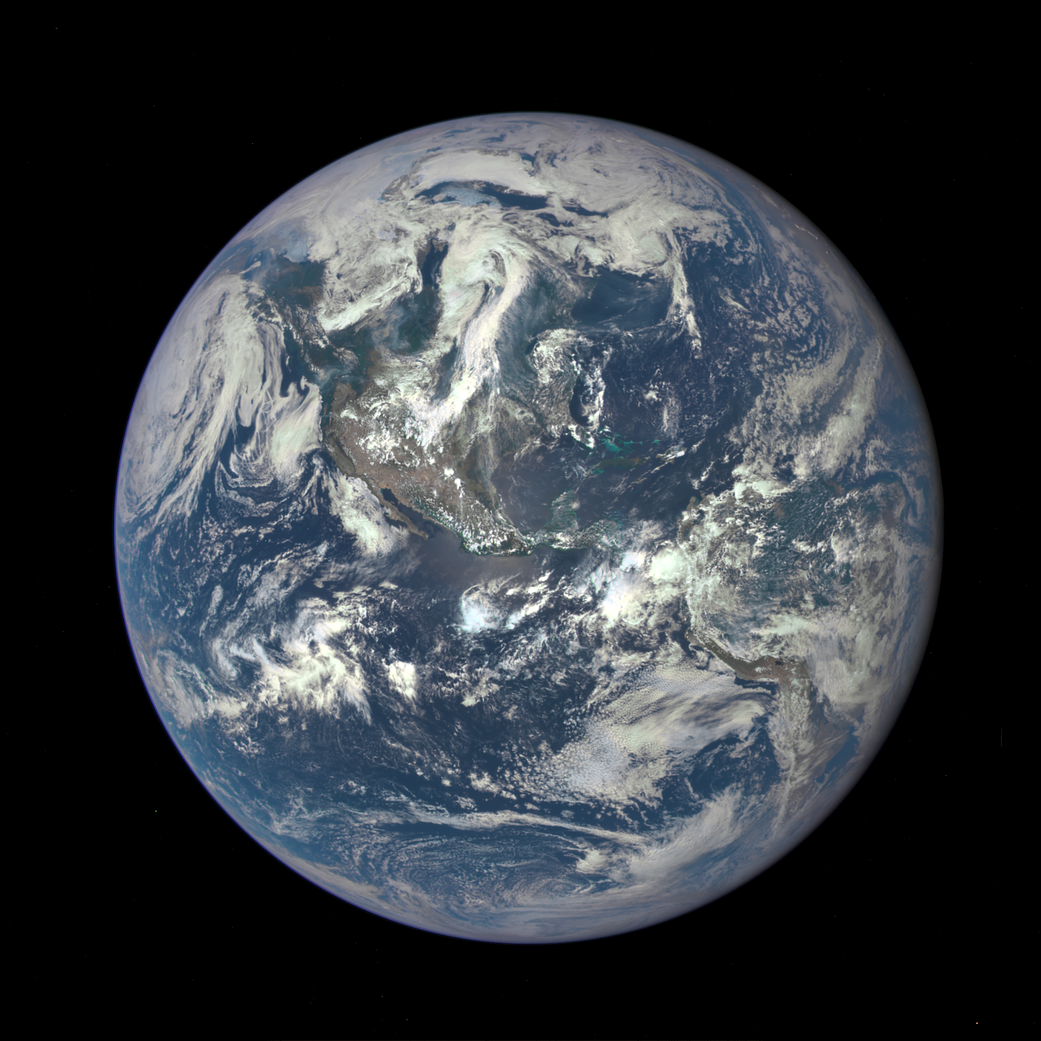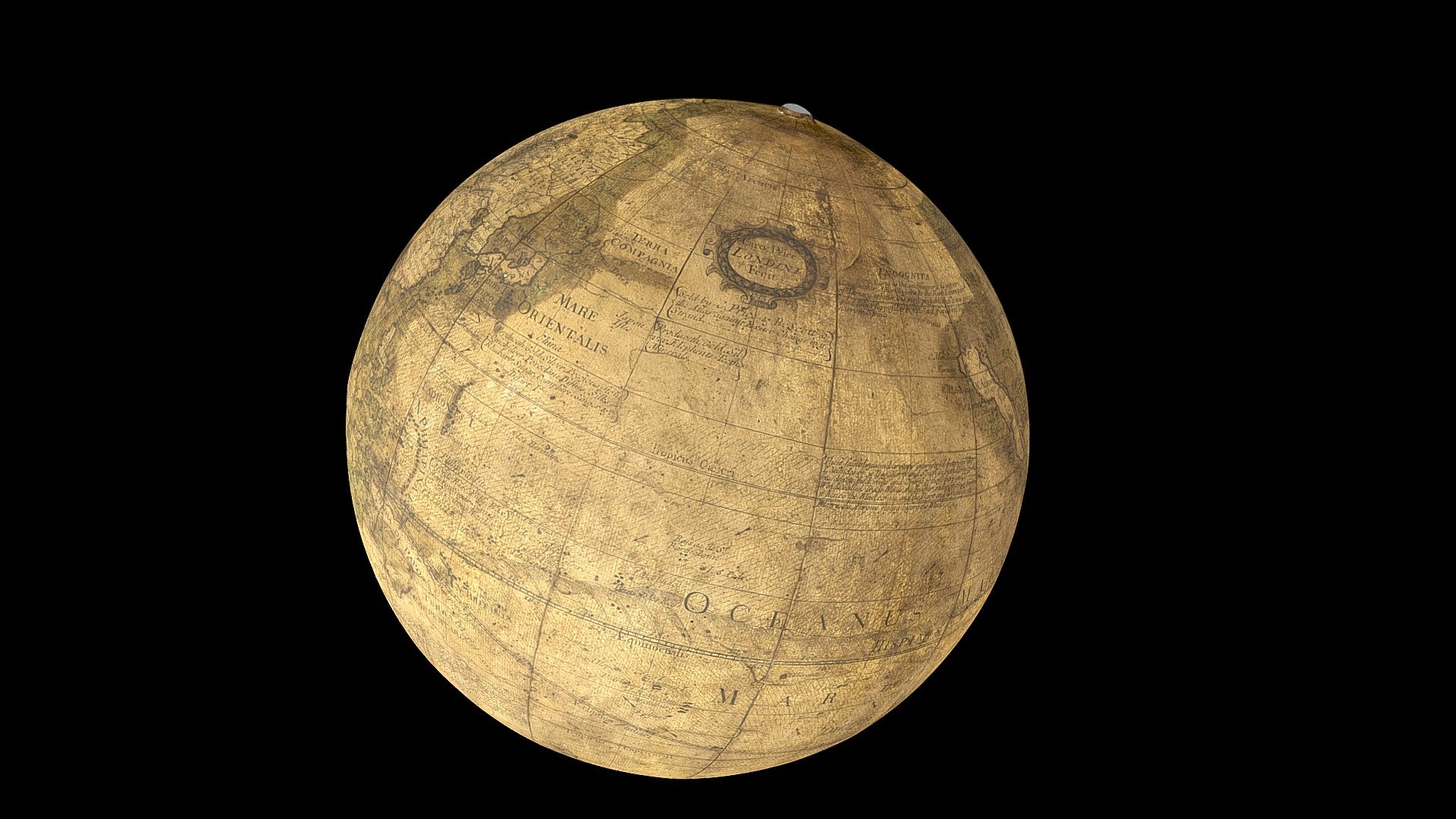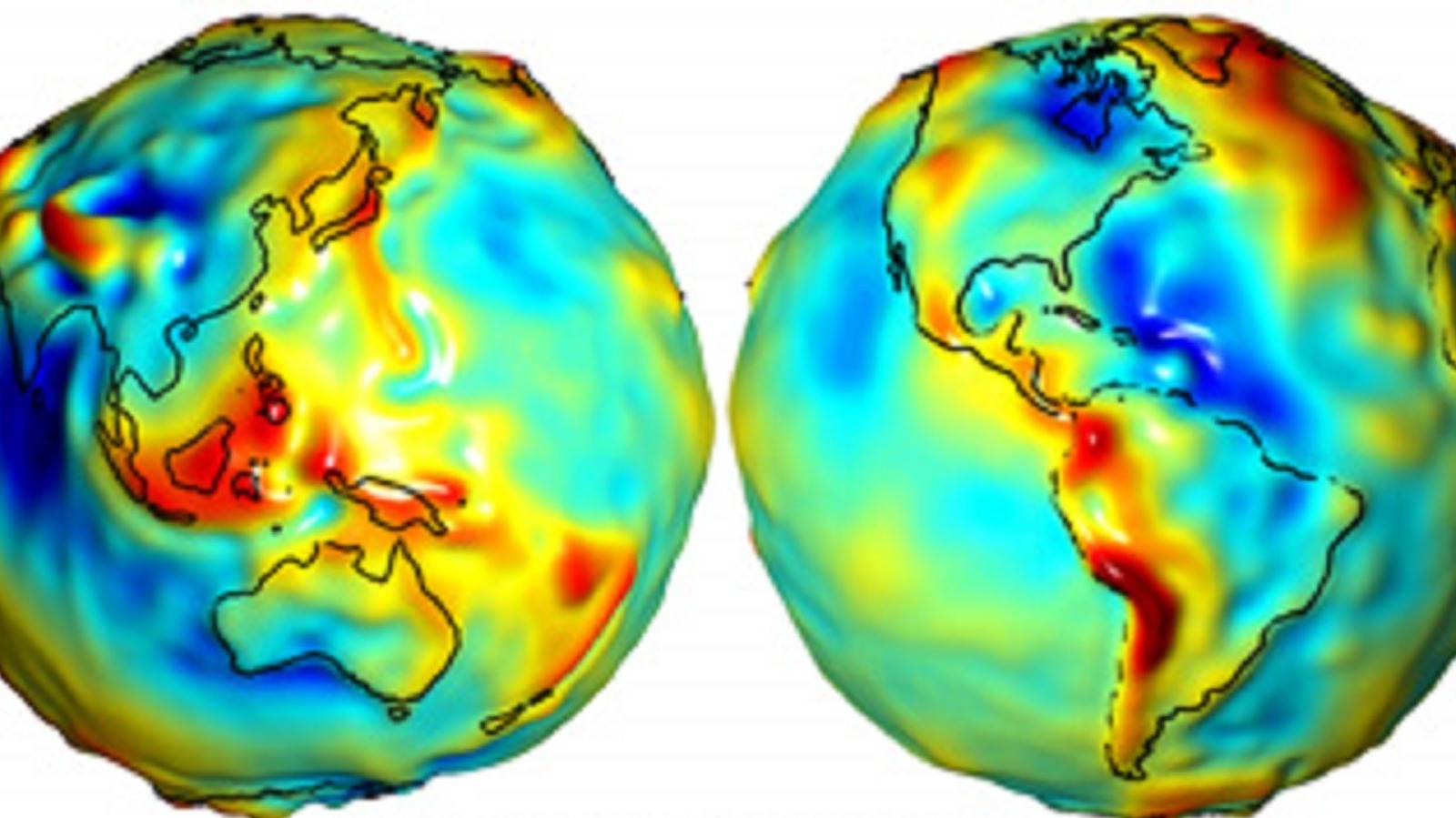Is the Earth the perfectly spherical object we think it is?
- Tram Ho
Spherical Earth Model
The concept of Earth came from many ancient civilizations when they observed the celestial bodies and noticed the curvature of the horizon. Pioneers such as Pythagoras (ancient Greek philosopher) and later Aristotle (Greek philosopher and scientist) contributed to the development of the spherical Earth theory, which later widely accepted in the scientific community. Over time, this model has become ingrained in our understanding of geography, navigation, and the natural world.

The spherical Earth model provides a coherent explanation for phenomena such as gravity, diurnal cycles, and curvature observed from high altitudes. It also fits the mathematical equations of celestial mechanics, providing a solid foundation for understanding the universe.
The spherical Earth model has become a fundamental pillar of modern science and education, shaping our worldview and countless aspects of human civilization.

Although long accepted, the spherical Earth theory is not without its skeptics. An increasing number of individuals question this, and accordingly propose alternative hypotheses that challenge the conventional understanding of an Earth as a perfectly spherical object. We will now explore some of these alternative theories and the evidence given by their proponents.

Alternate Earth Shape: Flat Earth Theory
One of the most prominent alternative theories to a spherical Earth is the flat Earth hypothesis. In this view, the Earth is not a sphere but a flat plane, with the North Pole at the center and the South Pole forming a circle around the rim. Proponents of the flat Earth theory argue that the curvature observed at the horizon may be due to an optical illusion or atmospheric refraction.
Supporters of the flat Earth theory point to various observations and experiments to justify their claims. They question the legitimacy of satellite images and argue that existing Earth photographs are fabricated or distorted. They also suggest that gravity is an illusion and that other forces, such as the electromagnetic field, are responsible for keeping objects on the Earth’s surface.

However, the flat Earth theory faces significant challenges with scientific evidence. Countless experiments, including orbiting and observing celestial bodies, have consistently demonstrated the Earth’s curvature. Furthermore, satellite imagery, global positioning systems (GPS) and space exploration missions provide irrefutable evidence of a spherical Earth. Meanwhile, the flat-Earth theory lacks significant experimental support and contradicts now firmly established scientific principles.
The True Shape of the Earth
Although the spherical Earth model prevails, it is essential to acknowledge that the true shape of the Earth is not a perfect sphere. The Earth’s rotation causes it to bulge slightly at the equator and flatten at the poles, resulting in a flattened spherical shape.
This flatness is due to the centrifugal force generated by the rotation of the planet. It is a measurable deviation from a perfect sphere, with Earth’s equatorial diameter larger than its polar diameter.

In addition to the flattened sphere, the shape of the Earth can be calculated by considering the geoid. The geoid is a representation of the Earth’s gravity field, taking into account the uneven mass distribution on the planet. It describes the shape the ocean surface would have if not disturbed by tides, currents, and winds while being influenced only by gravity.
The recognition of the flattened spherical shape of the Earth and the Geoid highlights the complexity of our planet’s shape. It reminds us that the shape of the Earth is not a simple binary between a perfect sphere and a perfectly flat plane. Instead, it exists on a continuum, influenced by gravity and the dynamic processes that shape its structure.

The meaning of the shape of the Earth
The shape of the Earth, whether spherical or oblate, is important to many fields of research and everyday life. It affects mapping, navigation, and precise distance and direction determination. In addition, understanding the shape of the Earth is important for satellite navigation systems, telecommunications, and space exploration missions.
Furthermore, the shape of the Earth tells us about geology, climate patterns, and the distribution of land and oceans. It plays a role in shaping the ecosystems, weather systems, and overall physical dynamics of the planet. The study of the Earth’s shape is not merely an intellectual problem; It also has a direct impact on our ability to understand and interact with the world around us.

In summary, while alternative theories challenging the spherical Earth model exist, overwhelming scientific evidence supports the traditional understanding of the Earth’s shape as spherical. The spherical Earth model has become an integral part of our understanding of the universe, navigation, and the development of modern science.
However, acknowledging the flattened spherical shape of the Earth and Geoid serves as a reminder of the complexity inherent in the structure of our planet. Embracing scientific knowledge and evidence is vital as we continue to uncover and unravel the mysteries of our dynamic and inspiring planet.
Source : Genk
